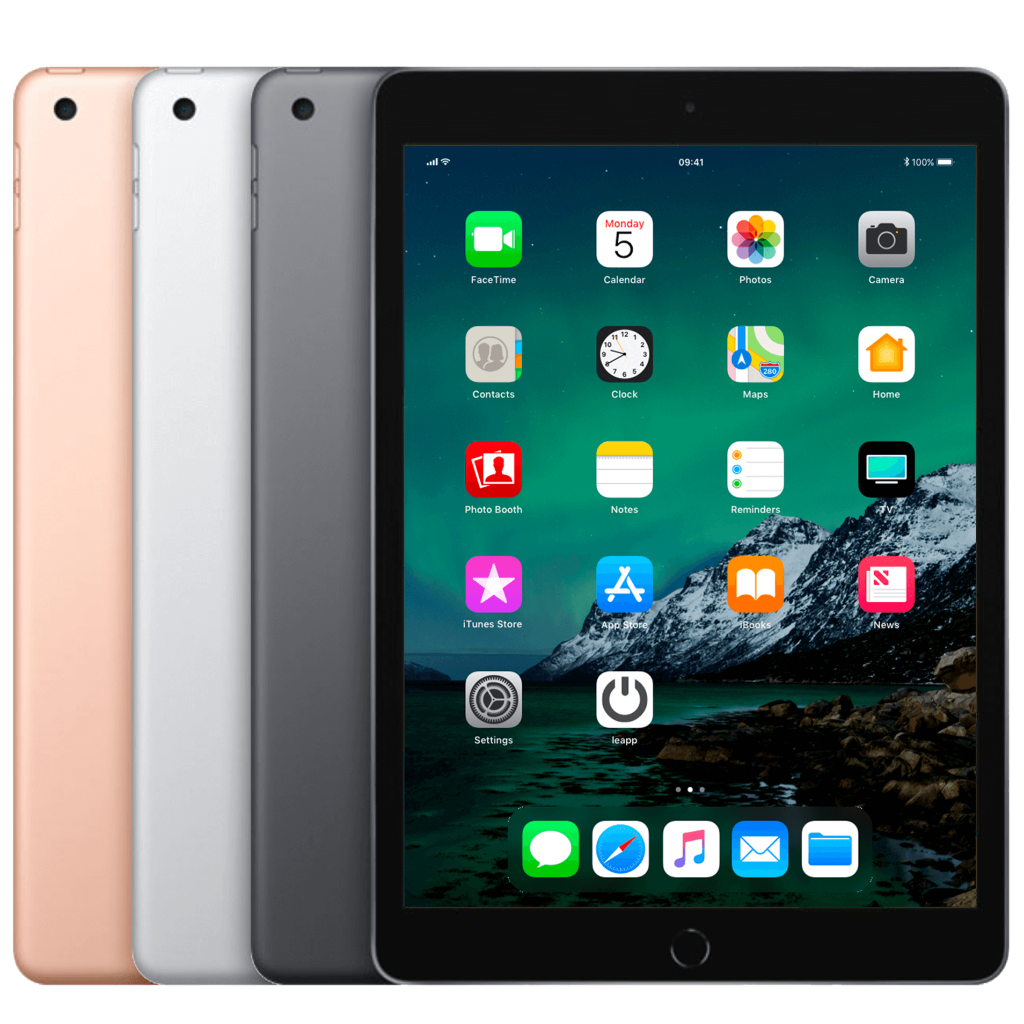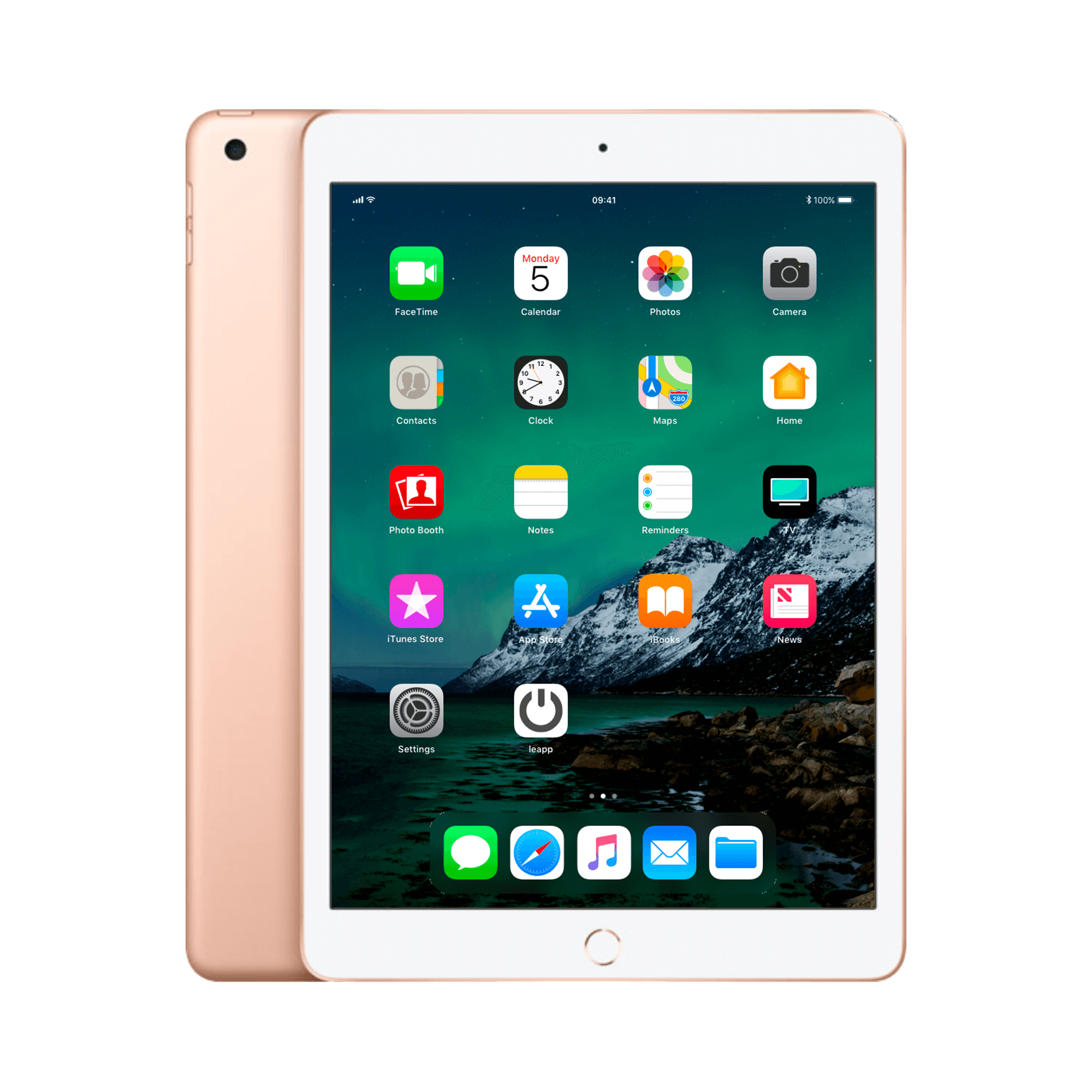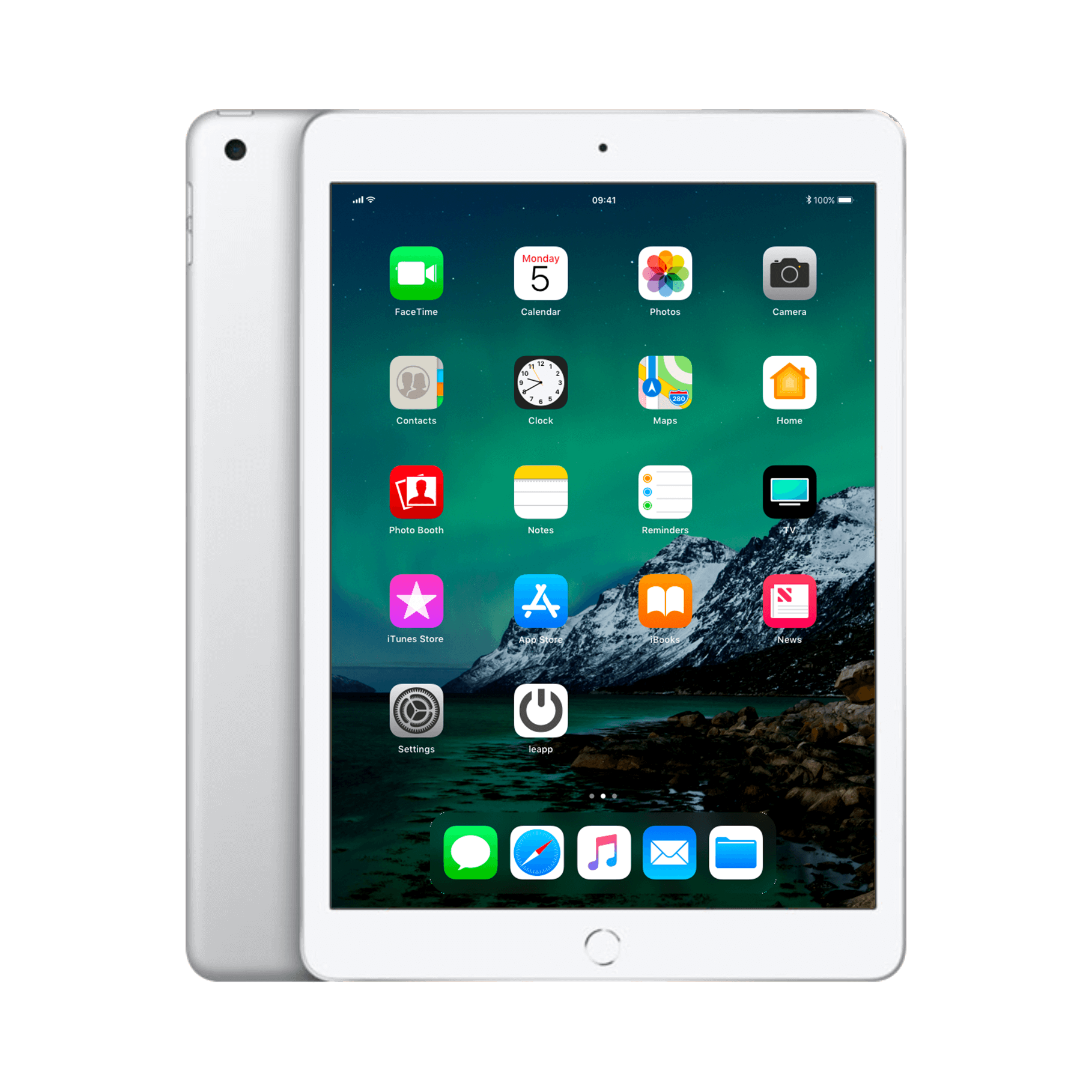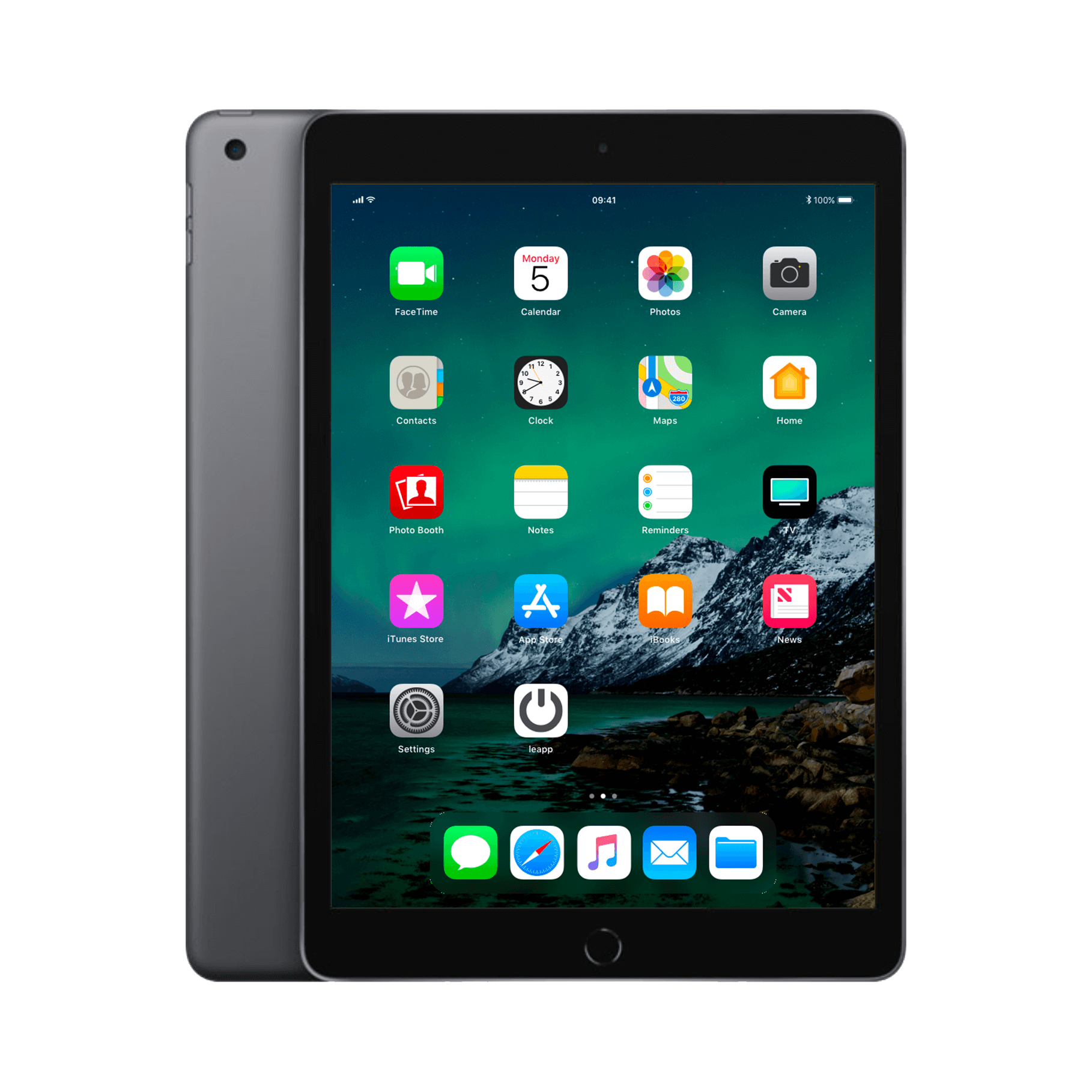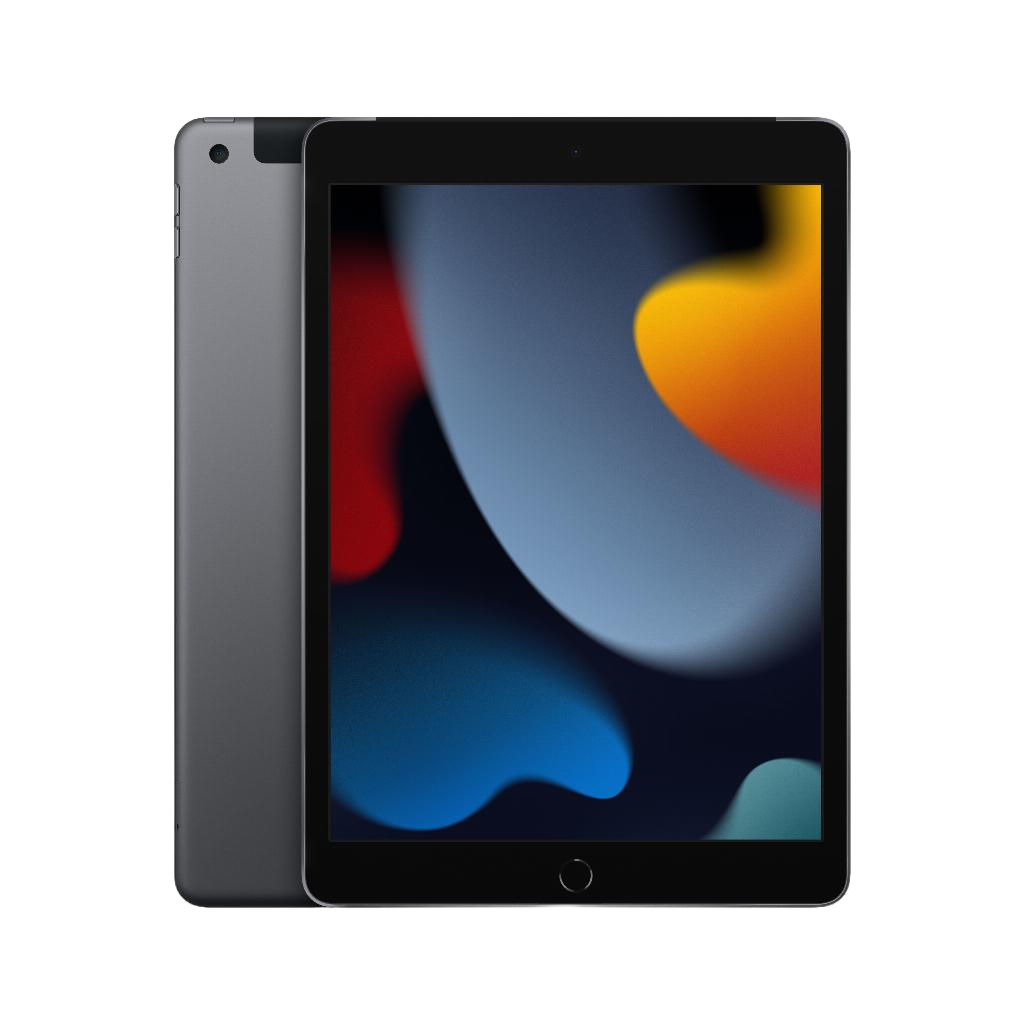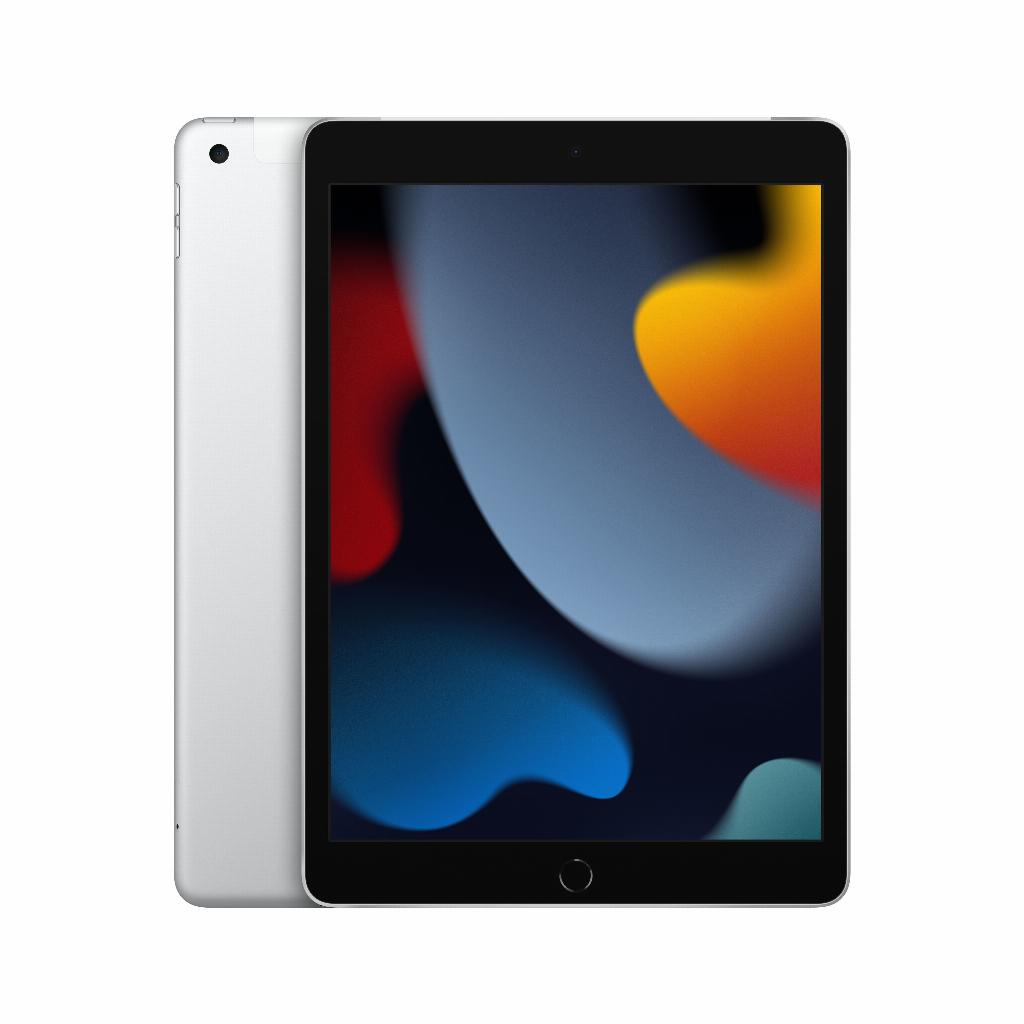iPad not fully charging: often the problem lies elsewhere
Your iPad isn't fully charging. Plugged in all night, the battery is stuck at 80% . You've tried new cables and different outlets. Nothing helps. But what if the problem isn't with your charger at all?
We often forget that iPads are intelligently programmed to protect their batteries—sometimes they deliberately stop charging early to extend battery life. Or perhaps it's due to connected accessories that are drawing power unnoticed, or your AirPods constantly searching for a connection and keeping your iPad awake.
The real problem often lies where you least expect it. In fact, sometimes that "problem" is actually a clever protection that saves you thousands of euros in replacement costs.
Useful links
- iPad Pro refurbished collection - For those considering upgrading
- iPhone screen protectors - Protect your devices optimally
- iPad refurbished collection - View all models
The Real Causes Behind an iPad That Stuck While Charging
Your iPad only charges to 80% and then stops. Or it takes forever to reach that last few percent. Sound familiar? This problem often has surprising causes that have nothing to do with a broken charger.
Apple has built in smart battery management features that sometimes prevent your tablet from fully charging. These features protect your battery from premature wear. But there are other culprits as well: from incorrect settings to hidden background processes that consume power.
Optimized battery charging is on
Since version 13, iPadOS has had a feature called "Optimized Battery Charging." This setting learns from your daily routine. For example, if you charge your tablet every night and don't use it again until 8 a.m., charging will intentionally stop at 80% and wait until just before your normal use time to top up the remaining 20%.
Check this in Settings > Battery > Battery Health & Charging. Temporarily disable the feature to see if this fixes the problem. If you want to leave the feature on, make sure location services are enabled, otherwise the system won't be able to learn your routine.
Temperature affects the charging process
Batteries are sensitive to extreme temperatures. At temperatures below 0°C (32°F) or above 35°C (95°F), the iPad protects itself by limiting or even stopping charging. This often happens unnoticed when your tablet is in direct sunlight or in a cold car.
The ideal charging temperature is between 16°C and 22°C. If your device feels warm while charging, remove it from its case and place it on a cool, hard surface. Avoid charging on soft surfaces like blankets or pillows that trap heat.
Practical solutions that work immediately
Reboot and reset the basics first
Start with a force restart. Press and hold the power button and a volume button simultaneously until the Apple logo appears. This often fixes temporary software issues without losing any data.
If this doesn't work, reset your network settings via Settings > General > Reset > Reset Network Settings. This will delete saved Wi-Fi networks but may resolve issues with background processes.
Check your charging accessories thoroughly
Not all chargers are created equal. A 5W iPhone charger will technically charge your iPad, but it will be extremely slow. For an iPad Pro, you need at least a 20W charger, preferably 30W for optimal speed.
Inspect the Lightning or USB-C port with a flashlight. Do you see any lint, dust, or oxidation? Use a wooden toothpick (never metal) to gently remove any debris. Don't blow into the port with your mouth—the moisture can cause corrosion.
Background activities that consume power
Some apps remain active in the background and consume more power than the charging process can replenish. Video streaming apps, cloud syncing, and location services are notorious power hogs.
Go to Settings > Battery and see which apps have used the most power over the past 24 hours. See any unexpected apps at the top? Disable background refresh for these specific apps in Settings > General > Background Refresh.
Advanced battery diagnostics
Interpreting battery condition
iPads don't display a battery health percentage like iPhones, but there are indicators. Is your battery draining unexpectedly quickly? Does the device shut down at 10% battery? Then the battery capacity has likely decreased.
A healthy battery retains approximately 80% of its original capacity after 500 full charge cycles. A cycle counts as 100% battery capacity, spread over several charging sessions. After 1000 cycles, replacement is often necessary.
Software updates and their impact
New iPadOS versions often include battery optimizations. However, immediately after an update, battery performance may temporarily decrease due to indexing and other background processes. Give the system a few days to settle down.
Always check that you're running the latest version via Settings > General > Software Update. Even small patches can provide significant improvements to battery management.
When is professional help needed?
If you've tried all of the above solutions without success, there may be a hardware issue:
- The charging port is damaged internally
- The battery has reached the end of its life
- The motherboard has a defect in the charging circuit
- Water damage has affected internal components
A professional diagnosis prevents you from spending unnecessary money on new accessories that won't solve the problem. Specialists can use diagnostic tools to pinpoint the exact source of the problem.
Preventive measures for the future
Prevent future charging problems with these tips:
- Use only MFi-certified cables (Made for iPad/iPhone)
- Charge at room temperature, not in extreme heat or cold
- Avoid completely discharging the battery
- Store an unused iPad with approximately 50% battery charge
- Clean the charging port preventatively monthly
- Avoid keeping the battery at 100% all the time
By following these guidelines, you'll not only extend your battery life but also prevent common charging issues. A well-maintained iPad can function flawlessly for years, making your investment in a quality refurbished model even more worthwhile.
Solving charging problems: often simpler than you think
An iPad that won't fully charge is frustrating, but often the solution is within reach. From disabling optimized charging to cleaning the charging port, you can fix most problems yourself .
Is the problem persistent? Then a professional diagnosis is recommended before investing in new accessories or considering upgrading to a refurbished iPad . Regular maintenance and proper charging habits will also prevent a lot of problems, ensuring your tablet continues to function smoothly for years to come .


